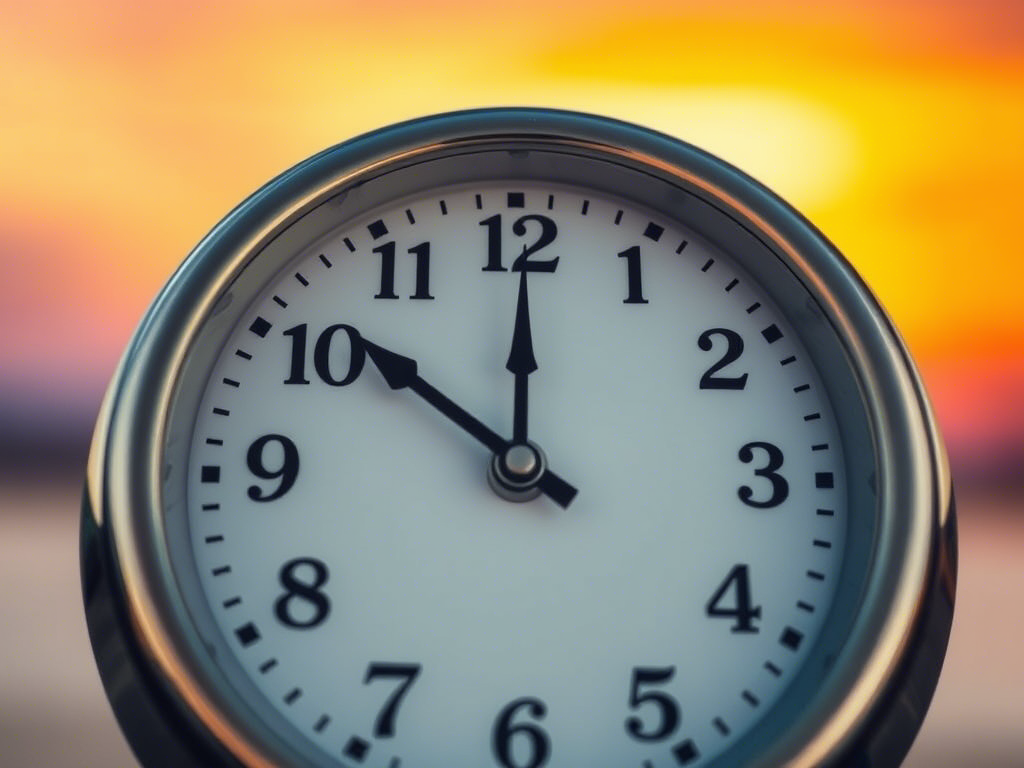Twice a year, millions of people around the world change their clocks — either moving them forward or back by one hour. But why do we even bother? If you’re new to the idea of Daylight Saving Time (DST), you’re not alone. Many people still find it confusing! In this guide, we’ll break down what DST is, why it exists, its impact on our daily lives, and some fun facts you can share with your friends. Let’s dive in!
What Is Daylight Saving Time?
Basic Definition
Daylight Saving Time (DST) is the practice of moving the clocks forward by one hour during the warmer months and moving them back again in the cooler months. The goal is simple: to make better use of daylight during the evenings.
Instead of losing precious daylight hours while you’re at work or school, DST shifts the day so you get more sunlight in the evening.
Quick Overview of How It Works
- In spring, clocks are set one hour ahead (“spring forward”).
- In fall, clocks are set one hour back (“fall back”).
This adjustment changes the relationship between the time we follow (based on clocks) and the actual position of the sun in the sky.
Fun fact: The term “Daylight Saving Time” does not have an “s” at the end of “Saving.” It’s singular — even though many people mistakenly call it “Daylight Savings Time.”
History of Daylight Saving Time
When and Why It Started
The idea of adjusting daily schedules to take advantage of more daylight isn’t new.
Benjamin Franklin famously proposed the idea in a satirical essay in 1784, suggesting that people could save candles by waking up earlier.
However, it wasn’t until World War I that DST was officially adopted.
Germany was the first country to implement it in 1916, aiming to conserve fuel needed for the war effort.
The United States followed suit shortly after, and Daylight Saving Time became a part of life in many countries.
Today, official time changes are regulated by agencies like the National Institute of Standards and Technology (NIST) in the United States, which helps maintain precise timekeeping standards.
Countries That Follow It
Not all countries use Daylight Saving Time. In fact, only about 70 countries practice it.
Regions near the equator generally don’t observe DST because their daylight hours don’t vary much throughout the year.
- United States: Most states observe DST, except Hawaii and most parts of Arizona.
- European Union: Countries like Germany, France, and Italy observe DST, but there have been recent talks about ending it permanently.
- Australia: Only parts of Australia use DST, such as New South Wales and Victoria.
You can track official time changes at Time.gov, the U.S. government’s official time website.
Why Do We Use Daylight Saving Time?
Original Purpose
Originally, Daylight Saving Time was about energy conservation.
The idea was that by having more daylight in the evening hours, people would use less artificial lighting and therefore consume less fuel and electricity.
During World War I and II, saving energy was a critical strategy, and DST was seen as a patriotic duty.
Does It Still Make Sense Today?
In today’s world, the original energy-saving argument is less convincing.
Modern energy use is heavily influenced by things like heating, air conditioning, and electronics — all of which complicate the energy-saving picture.
Studies by organizations like NIST and various energy departments suggest that the net energy savings from DST are minimal or even non-existent.
Some modern arguments for keeping DST include:
- More evening daylight encourages outdoor activities, which may benefit health and local economies.
- Fewer car accidents due to more daylight during peak driving times.
- Crime rates may decrease slightly with more light during evening hours.
Still, the debate continues, and every few years, lawmakers propose bills to either eliminate or make DST permanent.
How Daylight Saving Time Affects You
Sleep, Health, and Daily Routines
You might not think an hour makes a big difference — but it does!
Shifting your clock even by one hour can disrupt your circadian rhythm, leading to:
- Poor sleep quality
- Reduced alertness
- Increased risk of heart attacks (especially in the days following the “spring forward”)
- Temporary mood swings and irritability
Health experts, including those at the American Academy of Sleep Medicine, often advocate for ending the practice of time changes because of its impact on sleep health.
Tip: Adjust your sleep schedule by 15 minutes a few days before DST changes to help your body adapt more smoothly.
Common Issues People Face
Here are some everyday problems that arise during DST transitions:
- Forgetting to update analog clocks, ovens, or microwaves.
- Missing appointments or flights due to confusion about time changes.
- Feeling “off” for several days because of disrupted internal clocks.
- Challenges with international communication, especially when different countries change clocks on different dates.
How Different Industries Are Affected
Technology
Smartphones, computers, and most modern devices automatically update their clocks.
However, outdated systems and older devices can cause glitches, leading to calendar errors and scheduling problems.
Business and Finance
Stock markets, airlines, and global corporations must meticulously plan for DST changes.
Even a one-hour shift can cause millions of dollars in disruptions if not managed correctly.
Healthcare
Hospitals often report an uptick in health incidents, such as strokes and heart attacks, during the week after the spring clock change.
Some sleep clinics even offer special advice sessions to help patients adjust smoothly.
Fun Facts About Daylight Saving Time
Strange Stories and Events
- In 2007, the U.S. changed the start and end dates of DST as part of the Energy Policy Act, causing significant confusion in industries that depend on precise timing.
- During the “fall back,” some bars legally get to stay open an extra hour because of the time change!
- Pets, especially dogs and cats, don’t understand the shift — leading to earlier meowing, barking, or begging for food.
Around the World
- Russia experimented with staying on DST permanently but switched back after public backlash over dark winter mornings.
- Japan considered adopting DST after World War II but never officially implemented it.
Future of Daylight Saving Time
As technology advances and our understanding of health improves, many experts and governments are reconsidering the value of changing the clocks twice a year.
Some U.S. states have proposed legislation to stay on permanent Daylight Saving Time — but because of federal laws, such changes require congressional approval.
Meanwhile, in Europe, there have been serious discussions about ending DST altogether and letting each country decide its own standard time.
For the latest updates, you can always check official resources like Time.gov and NIST.
Final Thought
Daylight Saving Time is a fascinating tradition that touches almost every part of our lives — from our sleep patterns to global stock markets. While it started as an energy-saving measure during wartime, its modern relevance is hotly debated.
Whether you love the extra evening sunshine or dread losing an hour of sleep, understanding DST helps you adjust and plan better. And the next time someone asks, “Wait, do we gain or lose an hour?” — you’ll have all the answers!




